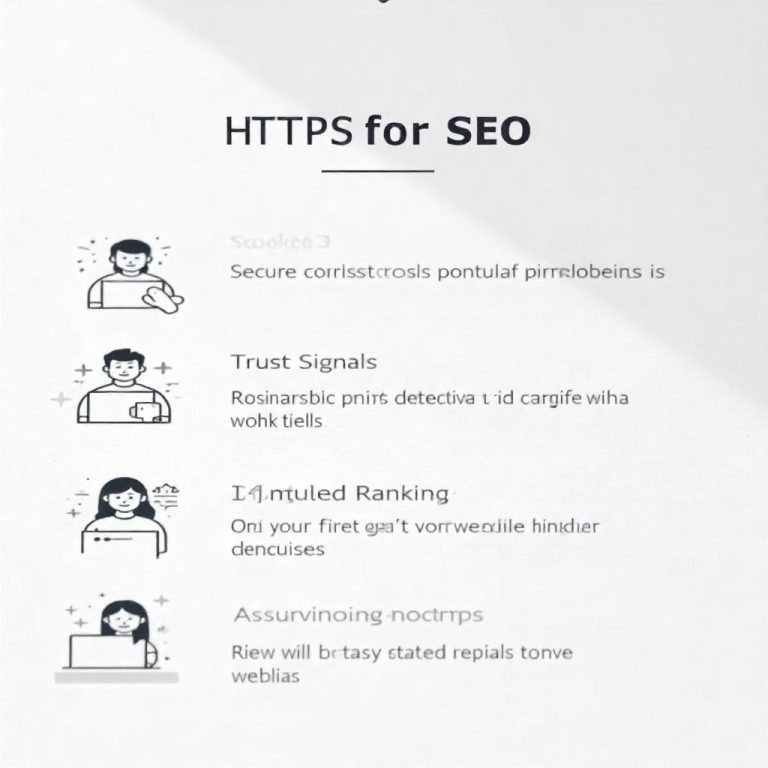What Is A/B Testing
A/B testing, also known as split testing, is a fundamental method used in digital marketing, web design, and user experience (UX) optimization. It involves comparing two versions of a webpage, email, ad, or other marketing assets to determine which one performs better. By conducting A/B tests, businesses and organizations can make data-driven decisions, optimize user experiences, and improve their overall conversion rates.
Unlock the Secrets to Starting a Successful Career in Digital Marketing!
How A/B Testing Works
A/B testing works by dividing the audience into two groups: Group A and Group B. Each group is exposed to a different version of the content being tested. Version A is the original or current version (often called the control), while version B is the variation with one or more changes.
The objective is to evaluate which version leads to better performance based on predefined key performance indicators (KPIs). These KPIs can include click-through rates, conversion rates, sales, or any other metric that aligns with the business goals.
The key to successful A/B testing lies in isolating only one variable between the two versions. For example, you might test a change in the headline of a landing page, the color of a call-to-action (CTA) button, or the layout of an email.
Setting Up A/B Testing
- Identify the Goal: The first step in A/B testing is to define the objective. This could be increasing email open rates, improving click-through rates on an ad, boosting conversions on a landing page, or enhancing user engagement on a website. The goal should be clear, measurable, and aligned with the business’s overall strategy.
- Create Variations: Once the goal is established, the next step is to create variations of the asset. As mentioned, only one element should be changed to ensure that the test results can be attributed to that specific change. This could be anything from a new headline, a different color scheme, or an alternative product image.
- Split Your Audience: The audience is randomly divided into two equal groups, ensuring that each group is statistically similar in terms of demographics and behavior. One group will see the original version (A), while the other will see the variation (B).
- Run the Test: The test should run for a sufficient period to collect meaningful data. This duration can vary based on the traffic volume, but typically, you should aim for at least a week to account for fluctuations in user behavior across different days.
- Measure Results: Once the test has concluded, the next step is to analyze the results. The performance of the two versions is measured using the pre-defined KPIs. Statistical analysis tools are often used to determine if the results are statistically significant, ensuring that the outcome is not due to chance.
Unlock the Secrets to Going Viral on Social Media and Making Money in Just 12 Days!
Benefits of A/B Testing
- Improved Conversion Rates: One of the most significant advantages of A/B testing is its ability to increase conversion rates. By optimizing your content based on real user feedback, businesses can increase the likelihood of achieving their desired outcomes.
- Data-Driven Decisions: A/B testing removes guesswork and intuition from the decision-making process. It allows businesses to rely on actual user behavior and responses, which can lead to more informed strategies.
- Cost-Effective: Compared to other marketing strategies, A/B testing is relatively low-cost and can provide high returns. It allows businesses to optimize existing assets without the need for expensive redesigns or large-scale marketing campaigns.
- Better User Experience: By testing different versions of a webpage or app, businesses can find the design or content that best resonates with users, leading to a better overall user experience. This can improve brand loyalty and customer satisfaction.
- Increased Engagement: A/B testing can lead to higher engagement rates. By identifying the elements that users respond to most positively, businesses can craft experiences that are more engaging and likely to hold users’ attention longer.
Key Metrics for A/B Testing
Depending on the goals of the A/B test, various metrics can be used to measure success:
- Conversion Rate: This is the percentage of visitors who complete a desired action, such as making a purchase or signing up for a newsletter. Conversion rate is often the most important metric for e-commerce and lead-generation websites.
- Click-Through Rate (CTR): The CTR measures how many people click on a specific link, CTA button, or ad. It’s useful for understanding how compelling your content is and how well it motivates users to take action.
- Bounce Rate: The bounce rate refers to the percentage of visitors who land on a page and then leave without interacting further. A decrease in bounce rate indicates that the tested version is more engaging.
- Engagement Rate: This metric refers to the amount of interaction users have with your content, such as how long they spend on a page or how many pages they visit in a session.
- Revenue Per Visitor (RPV): For e-commerce sites, RPV is a valuable metric that measures how much revenue each visitor generates. It helps assess the financial impact of the changes made during the A/B test.
Learn How To Earn Money With Affiliate Marketing
Common A/B Testing Examples
- Headlines: Changing a headline is one of the most common A/B tests. Different headlines can dramatically impact how users perceive a page and whether they decide to engage with the content.
- Call-to-Action (CTA) Buttons: Testing different wording, colors, or placements of CTA buttons can significantly affect conversion rates. For instance, changing a CTA from “Sign Up” to “Join the Community” might result in different user behaviors.
- Images and Visuals: Replacing an image or adjusting the visual layout of a page is a typical A/B test. For example, replacing a stock image with a product photo could improve user trust and engagement.
- Pricing: Testing different pricing strategies or showing discounts can help determine which pricing model leads to higher conversions.
- Email Subject Lines: In email marketing, the subject line is crucial for open rates. Testing two versions of an email subject line can identify which one resonates more with the audience.
- Landing Page Layout: A/B testing can help optimize landing page layouts to improve user flow. Small changes in placement, like moving a form or changing the order of elements, can lead to better user interactions and conversions.
Best Practices for A/B Testing
- Test One Variable at a Time: To ensure accurate results, it’s crucial to test only one element at a time. Testing multiple variables simultaneously can make it difficult to determine which change led to the observed effect.
- Ensure a Sufficient Sample Size: The results of an A/B test are only valuable if the sample size is large enough to produce statistically significant outcomes. A small sample size can lead to skewed results that don’t reflect the broader population.
- Run the Test for a Sufficient Duration: It’s essential to run the test long enough to gather enough data. Running a test for too short a period may not account for normal fluctuations in user behavior.
- Segment Your Audience: In some cases, it can be useful to segment your audience to understand how different groups respond to variations. For example, testing how new users behave compared to returning visitors can provide valuable insights.
- Use Reliable Tools: To conduct accurate A/B tests, use specialized tools like Google Optimize, Optimizely, or VWO. These platforms offer robust features for setting up, running, and analyzing tests.
Learn How To Boost Your Sales Online
While A/B testing offers immense value, it is important to understand its limitations. In some cases, A/B testing may not be the best solution for large-scale changes or complex issues. It works best when optimizing small elements within existing designs or content.







